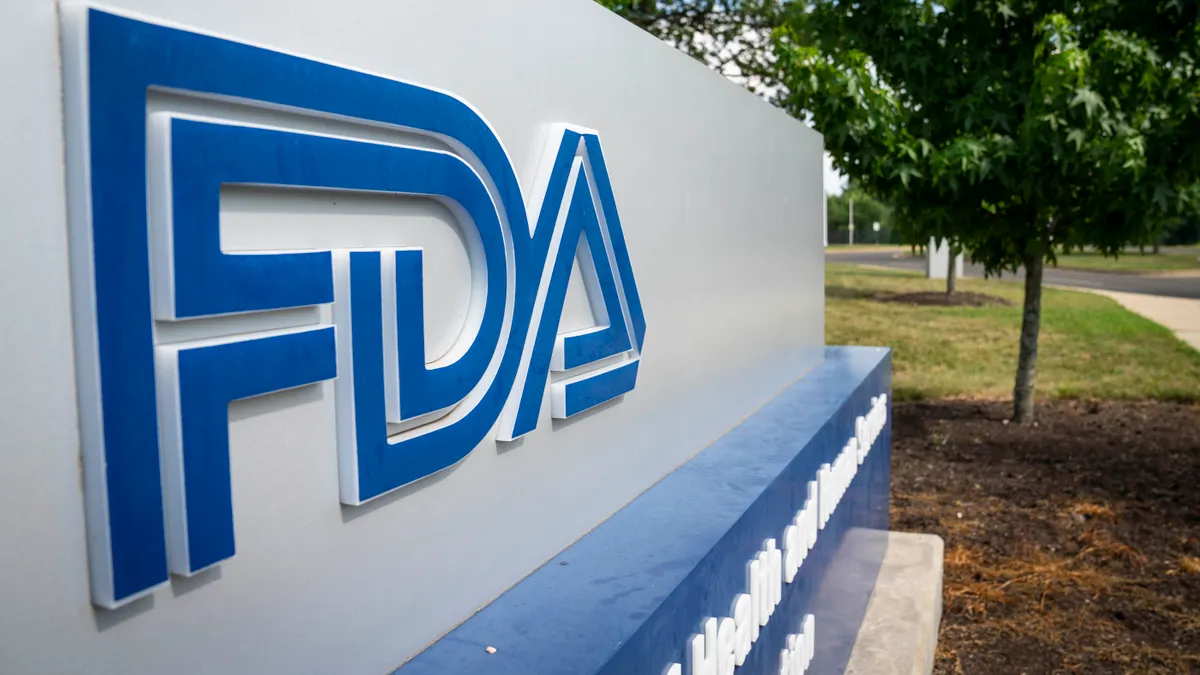Dive Brief:
- The Food and Drug Administration has released a draft plan for how it will drive international harmonization, convergence and reliance among medical device regulatory authorities.
- In the draft, the FDA outlines the actions it will take to meet MDUFA V commitments related to harmonization, such as creating a mechanism for sharing best practices with regulatory partners.
- The FDA commits to multiple deadlines in the draft plan, including the goal of posting assessments of the implementation of all International Medical Device Regulators Forum (IMDRF) documents by the end of 2027.
Dive Insight:
Through MDUFA V, the FDA committed to several international harmonization initiatives and secured additional resources to support the work. The publication of a draft strategic plan was the first item on the MDUFA V convergence and reliance agenda.
The FDA recently delivered on that commitment, releasing a document that sets out how it aims to meet its other MDUFA V harmonization obligations. The draft document describes five strategies to align regulatory guidelines across multiple countries.
Over the coming years, the FDA will: Increase engagements in international harmonization, convergence and reliance efforts; form mechanisms for sharing best practices with trusted partners; assess the extent of the implementation of IMDRF technical documents; support the creation of a forum to identify ways for regulators to use one another’s approach to decision-making; and participate in outreach activities.
The draft plan includes specific commitments and timelines for each strategy. For example, the FDA is aiming to identify and start engaging with regulatory authorities “with whom sharing information would be most supportive of harmonization and convergence efforts” by the end of its 2023 financial year, and create a mechanism to share best practices in device evaluation by the end of the following year.
Overall, the document reflects a belief that, while “each economy may be required to develop and implement its own regulatory paradigm,” harmonization, convergence and reliance can free industry and regulators from the need to navigate and oversee “numerous and sometimes redundant” requirements.










